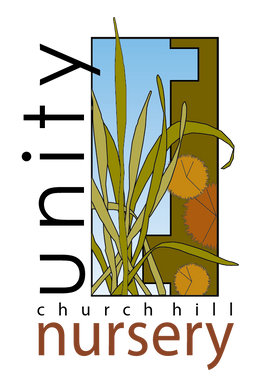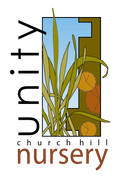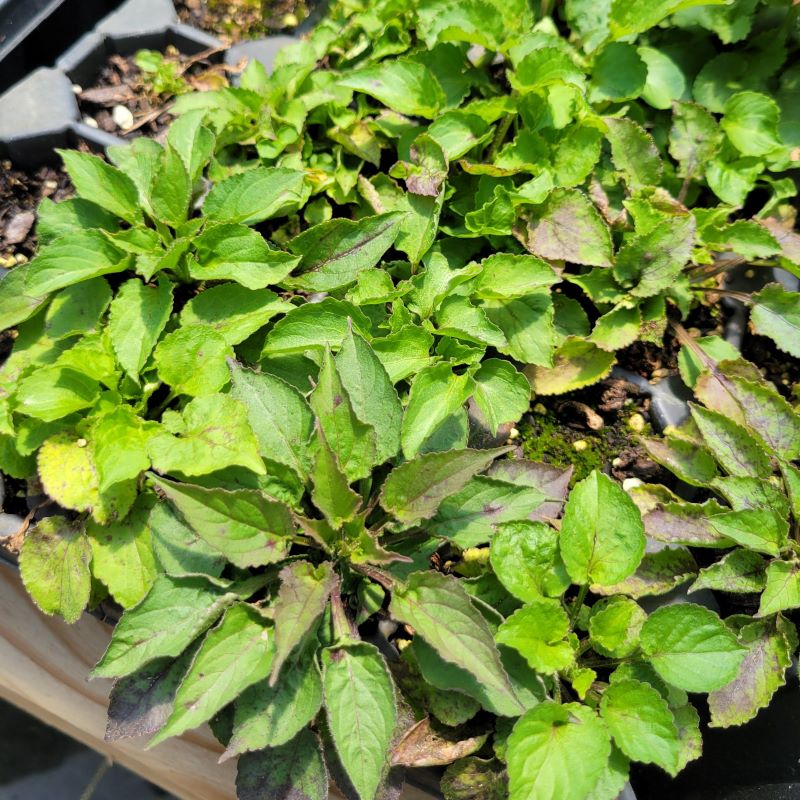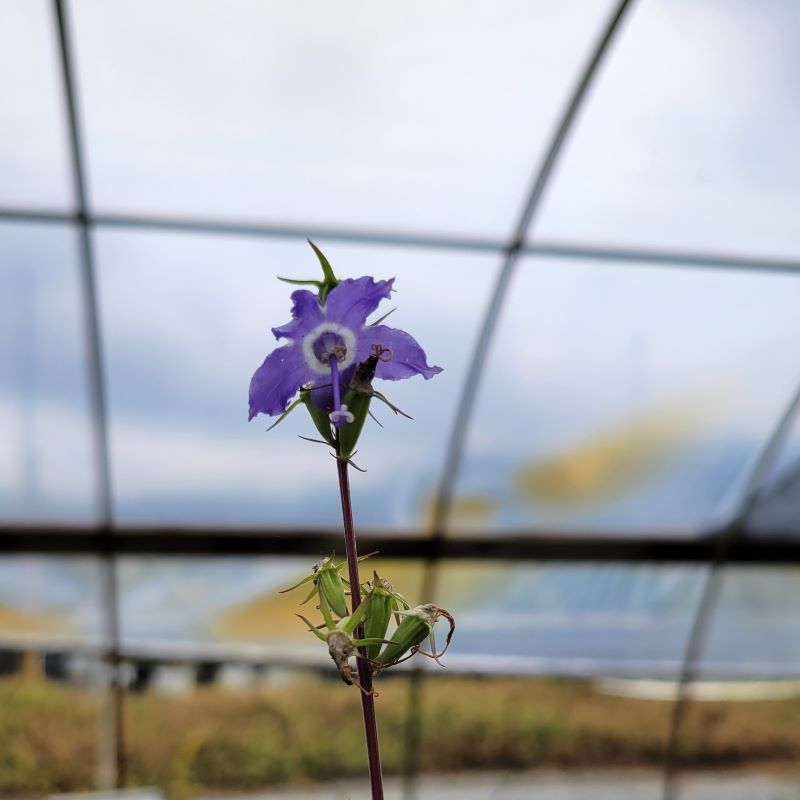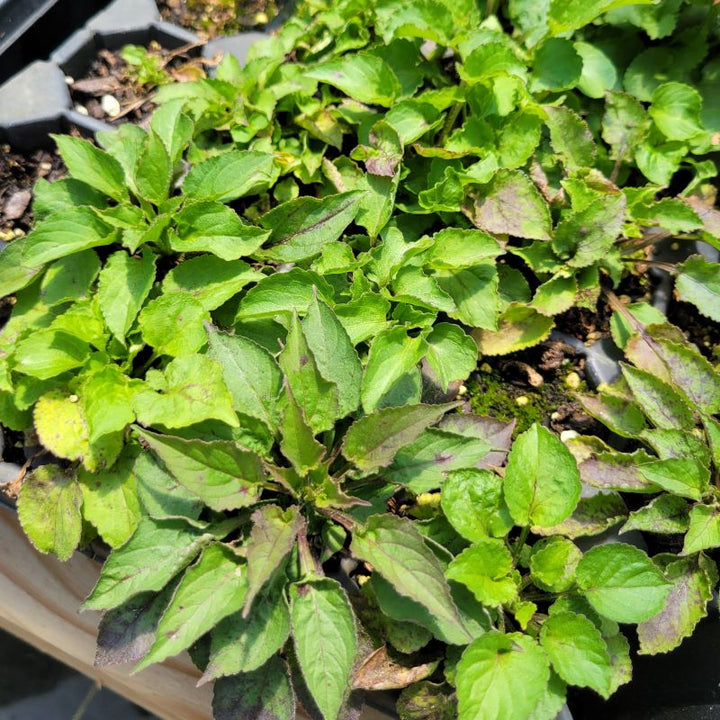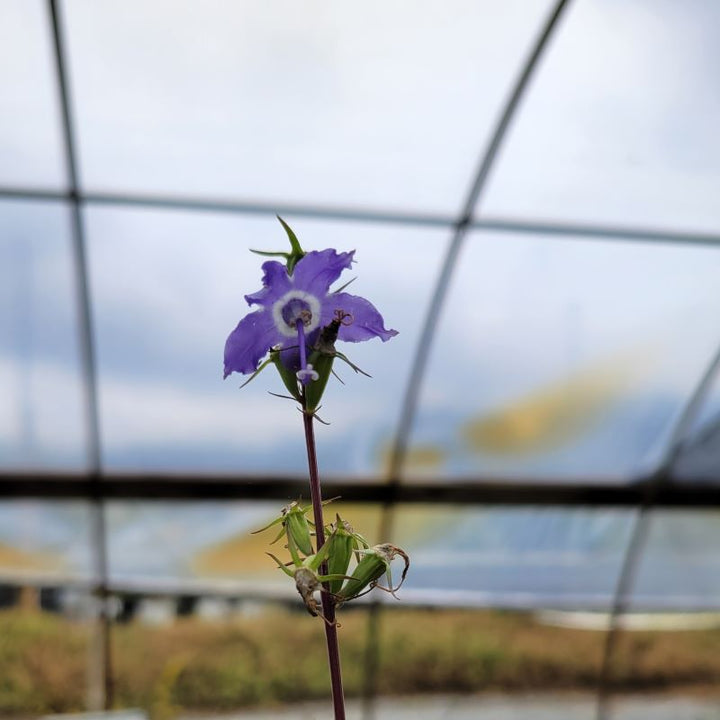Campanula americana (Campanulastrum americanum - Tall Bellflower) Unity Grown
- In Stock
- Inventory on the way
Campanula americana, now referred to by the scientific name Campanulastrum americanum, and commonly referred to as tall bellflower, is a native perennial wildflower that typically grows in open woods, meadows, and stream banks across much of the eastern half of the United States. Boasting blue-purple blooms through much of the summer, this tall wildflower can reach heights of up to 3-6' and spreads to form clumps up to 2' wide, adding color and life to shaded gardens of all types; flowers are attractive to a number of pollinators, including several bee and butterfly species. Unlike other bellflowers, Campanula americana has flattened flowers instead of rounded, bell-like blooms.
Campanula americana is a biennial species, meaning that plants typically grow in a low, ground-cover form in their first year, and then bloom and produce flowers in their second year, dying shortly thereafter. However, even though plants may die back after blooming, Campanulastrum americanum is capable of reseeding easily and consistently. When planted in optimal growing conditions, including fertile, moist to wet, well-drained soil and partial shade, tall bellflower is a striking addition to pollinator and woodland gardens, where its showy blooms are sure to stand out; this is especially the case when planted in large groups as massing will protect mature plants and seedlings from intense summer.
